How to minimize scepticism when introducing new technology in work setting
- Aleksandra Astrauskaite

- Dec 12, 2023
- 4 min read
Change is a constant variable in work environments. It may come in different shapes and forms such as an HR system or a software update. However, no matter how flexibly employees portray themselves in resumes, there will inevitably be push back on change. It is great if you can hire a Change Manager to help guide a company through the process of evolving, however, if you cannot, behavioural science techniques are here to help. The first step is to understand Psychological Inertia. Change, especially technological change, is met with psychological inertia - the natural resistance to altering established routines. Acknowledging this inertia before using behavioural science techniques to nudge employees out of it, is very important.
1. Lower cognitive overload and ambiguity aversion
Uncertainty breeds scepticism. Clearly communicate the reasons behind introducing the new technology, the expected benefits, and the potential challenges. Address concerns openly and provide regular updates to keep employees informed. Transparency builds trust, an essential element in overcoming scepticism.
Most importantly, clear communication about how to use the new technology, its features, and its purpose can significantly increase fluency in accepting change. Break down the transition process into small, manageable steps to make it less overwhelming. Further, simplify the onboarding process by providing easy-to-follow guides and tutorials. Conducting interactive training sessions can also ensure that employees are comfortable using the new technology especially if real-life scenarios are used to demonstrate how the technology can improve work processes. Finally, ensuring that technical support is readily available for any issues is core to sustainable acceptability of the new technology.
2. Use loss aversion nudging
There is always a reason for introducing new technologies into the workplace, usually it is due to new technology making work more efficient or improving employee skills. Clear communication can be used to reiterate that push-back on a transition means employees are losing out on enhanced efficiency, time saved, reduced manual effort, and increased productivity. Highlight the features that will improve work with the new technology rather than focusing on the loss of features from the old technology. However, remember to remain transparent and address how the loss of old features will be tackled.
Furthermore, frame the adoption of new technology as an investment in employees' skill development. Communicate how familiarity with the latest tools and systems enhances their professional potential. Show that even though new technology helps the company gain advantage in today’s dynamic business landscape, acquiring new technology skills is not only beneficial for the organization but also valuable for individual career growth. Foster a sense of pride and motivation among employees by communicating that embracing innovation, positions the company and each individual employee as a leader in the industry.
3. Leverage social norms
People are more likely to adopt new technologies if they see others doing the same. Highlight success stories from other teams or organizations that have adopted the technology in question. By showcasing tangible improvements in productivity and job satisfaction employees are more likely to follow the trend. The social proof is known to be a powerful motivator.
Furthermore, internal statistics can be used to leverage social conformity. Gathering some internal data by sending out a little poll can help create a strong psychological inertia breaking statement such as “Y% of our employees prefer to use the new X2 technology, compared to the X1 technology”. If business leaders also show full support for the transition and lead training sessions where they share their experience and learning process, the overwhelming support for the new technology can convince people to give it a chance.
4. Leverage commitment and empathy gap
This is a way to acknowledge challenges employees may face during a transition in a positive and supportive environment. First, show commitment by creating a way for employees to share their thoughts and experiences with the new technology. This could be through surveys, suggestion boxes, or regular feedback sessions. It is important to encourage constructive feedback in order to gain valuable insights of user experience and to be able to assist. The response to feedback has to show genuine empathy, truly understand voiced concerns, and recognize the learning curve associated with adopting new technology. This empathetic approach will foster a supportive atmosphere and help bridge the empathy gap that often arises during change.
5. Leverage gamification, goal gradience, and reciprocity
Engagement and acceptance of the learning process can be enhanced by using progress tracking and reward systems. Utilize goal gradience by breaking down the learning curve into smaller, achievable milestones. Start with basic features and gradually introduce more advanced functionalities. Implement a progress tracking system that visually illustrates individual and team advancements. Celebrate each accomplishment, reinforcing a sense of achievement and progress. This can be done with rewards such as virtual badges for employees who actively participate in new technology training or official recognition by business leaders for teams using the technology for the most minutes per day. This approach would help mitigate the potential overwhelming feeling associated with adopting new technology.
To summarize, behavioural science has a place in assisting the minimization of workplace scepticism when introducing new technology. Recognizing and addressing cognitive overload, loss aversion, social pressures, and challenges with empathy and engagement can pave way for a smoother transition. By combining behavioural techniques that increase transparency, clarity, emphasize benefits, and foster support organizations can build trust, reduce resistance, and encourage a positive attitude towards adopting new technologies at the workplace.





Comentarios